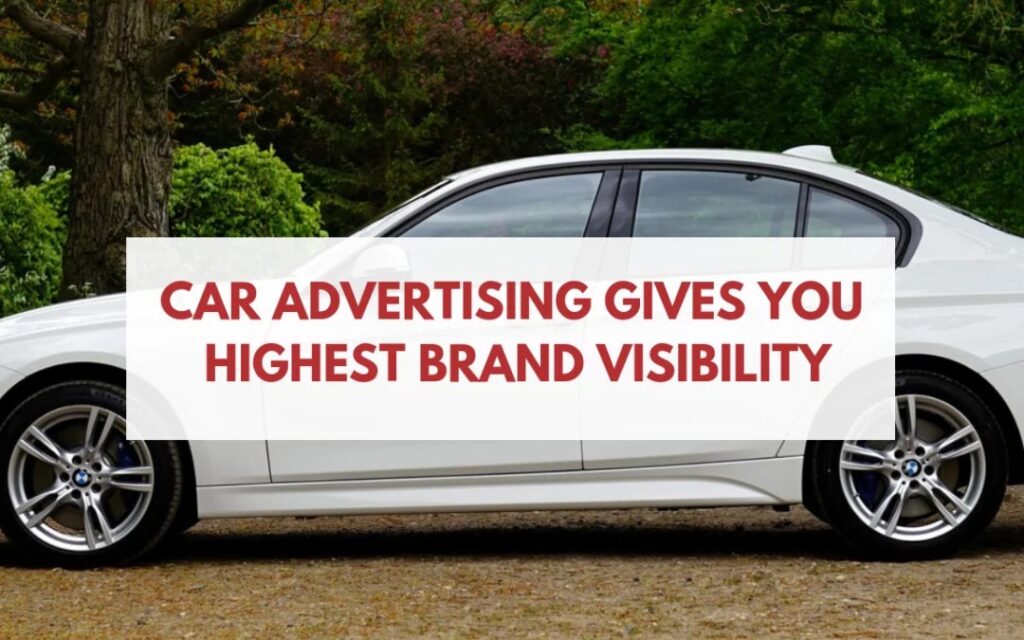Table of Contents
• Definition
• Types of Digital Advertising
• Advantages of Digital Advertising
• Types of Outdoor Advertising
Advantages of Outdoor Advertising
• Key Differences
V. Conclusion
I. Introduction:
In today’s world, businesses have several options when it comes to advertising. With the rise of digital technology, digital advertising has become a popular choice. But, outdoor advertising still holds its ground. In this article, we’ll look at the differences between digital and outdoor advertising and help you understand the benefits of each type of advertising.
II. Digital Advertising:
Digital advertising refers to the use of digital channels such as websites, social media, search engines, and mobile apps to promote a product, service, or brand. It allows for targeted audience reach and measurable results, with the ability to make real-time adjustments. Digital advertising is cost-effective, but can be more expensive compared to other forms of advertising.
Types of Digital Advertising:
- Search engine advertising
- Social media advertising
- Mobile advertising
- Video advertising
Advantages of Digital Advertising:
- Targeted audience
- Cost-effective
- Measurable results
- Real-time adjustments
III. Outdoor Advertising:
Outdoor advertising refers to advertising through physical media such as billboards, transit advertisements, and street advertising. It has a large audience reach and can be cost-effective for high impact ads, creating a tangible impact and good for building brand awareness. However, it provides limited measurable results compared to digital advertising.
Types of Outdoor Advertising:
- Billboards
- Transit advertisements
- Street advertising
- Building advertisements
These are all types of outdoor advertising, which refers to advertisements that are displayed in public spaces outside of buildings. Each of the listed forms refers to a specific way in which outdoor advertising is accomplished:
- Billboards are large, freestanding structures that display advertisements, often along highways and in high-traffic areas.
- Transit advertisements refer to advertisements that appear on vehicles like buses and trains, as well as on subway or bus stations.
- Street advertising involves posters, banners or signs attached to street furniture, buildings or on the street itself.
- Building advertisements refer to the use of buildings or their facades as a display surface for advertisements.
Advantages of Outdoor Advertising:
- Large audience reach
- Cost-effective for high impact ads
- Tangible impact
- Good for building brand awareness
IV. Differences between Digital and Outdoor Advertising:
Key Differences:
- Audience reach
- Cost-effectiveness
- Measurable results
- Tangible impact
- Flexibility
- Creative limitations
- Geolocation targeting
- Environmental impact
- Reach and frequency
- Interactivity
- Audience reach: Digital advertising allows for targeted audience reach through channels such as websites, social media, and search engines. Outdoor advertising, on the other hand, has a larger audience reach through physical media such as billboards and transit advertisements.
- Cost-effectiveness: Digital advertising can be cost-effective, particularly when compared to traditional forms of advertising such as television and print. However, the cost of digital advertising can vary greatly depending on the specific channel and target audience. Outdoor advertising can also be cost-effective, particularly for high impact ads such as billboards.
- Measurable results: Digital advertising offers measurable results through metrics such as clicks, conversions, and impressions. This allows advertisers to adjust their campaigns in real-time to optimize performance. Outdoor advertising, however, provides limited measurable results and relies more on brand recall and impact.
- Tangible impact: Outdoor advertising creates a tangible impact with its physical presence, particularly for high impact ads such as billboards. Digital advertising, on the other hand, relies more on the use of metrics to measure its impact.
- Flexibility: Digital advertising allows for real-time adjustments and changes to campaigns, whereas outdoor advertising typically requires more lead time for changes or updates.
- Creative limitations: Digital advertising has the ability to use interactive and dynamic elements such as video and animation, whereas outdoor advertising has limited creative capabilities.
- Geolocation targeting: Digital advertising allows for targeting specific geographic locations through GPS technology and IP addresses, whereas outdoor advertising is limited in its ability to target specific geographic locations.
- Environmental impact: Outdoor advertising has a potential impact on the environment through the production and disposal of physical media such as billboards. Digital advertising, on the other hand, has a lesser impact on the environment but may consume energy in data centers.
- Reach and frequency: Digital advertising allows for a large number of impressions and a high frequency of exposure to the target audience, whereas outdoor advertising has a more limited reach and frequency.
- Interactivity: Digital advertising allows for two-way communication and interactivity with the audience, whereas outdoor advertising is limited in its ability to engage with the audience.
In conclusion, both digital and outdoor advertising have their advantages and disadvantages. The type of advertising that is right for your business will depend on your specific advertising goals, target audience, and budget. It’s important to understand the differences between digital and outdoor advertising to make an informed decision.
V. Conclusion:
In conclusion, both digital and outdoor advertising have their advantages and disadvantages. The type of advertising that is right for your business will depend on your specific advertising goals, target audience, and budget. It’s important to understand the differences between digital and outdoor advertising so you can make an informed decision for your business.




